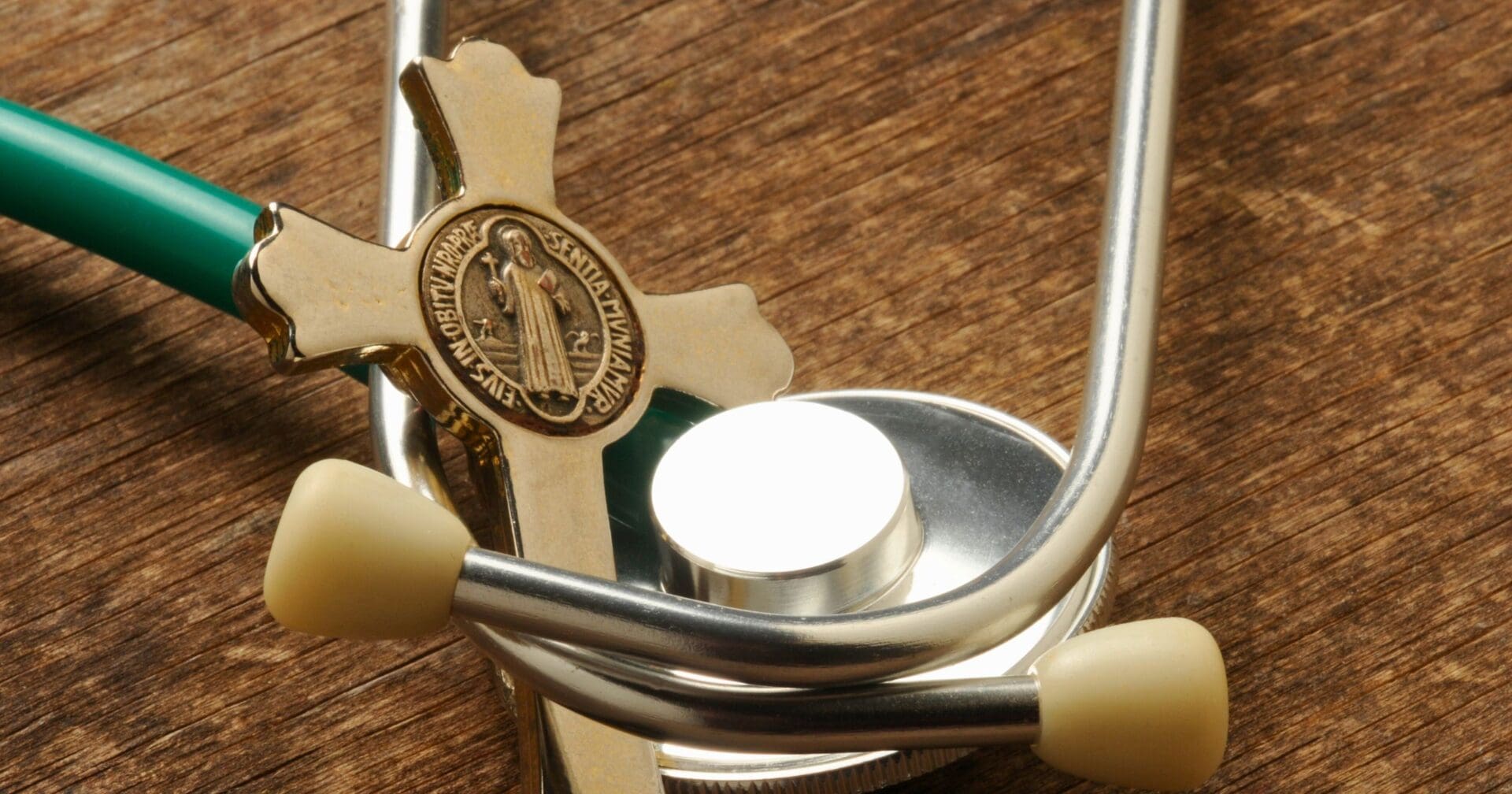From its earliest beginnings, the Catholic Church has always been a cornerstone of the development of the modern society we all have come to know and are familiar with. Did you know that the Catholic Church also invented hospitals? Read here: it’s true.
By the end of the Middle Ages, the Church had laid down a foundation of healthcare all across Europe, with hundreds of hospitals dotting the map. Specific religious orders also formed with the express charism of health care for sick and ill.
Women religious were highly influential in the development of hospital systems, as many orders of nuns provided nursing services in hospitals. (e.g. Daughters of Charity of Saint Vincent de Paul, Daughters of the Holy Spirit)
Over time, the nuns expanded their range of practice and reaches areas without easy access to healthcare. They would provide comprehensive care for the sick at the estates of church patrons, acting as physicians, surgeons, and pharmacists.
For the Church’s – and sisters – pivotal role in the rise of nursing, nurses are still called sisters in some parts of the world. For example, the German for nurse is krankenschwester, meaning sick people sister. In Russian, nurse is медсестра, meaning medical sister.
In Spain, Ireland, Italy, and many south Asian countries nurses are called sisters because most of them are actually nuns, the hospital systems there are generally still religiously affiliated.
Many saints are the patrons of nursing: Sainst Agatha, Alexius, Camillus of Lellis, Catherine of Alexandria, Catherine of Siena, John of God, Margaret of Antioch, and Raphael the Archangel.
Photo credit: Euripides / Shutterstock.com

















thanks l want more about the catholic church?